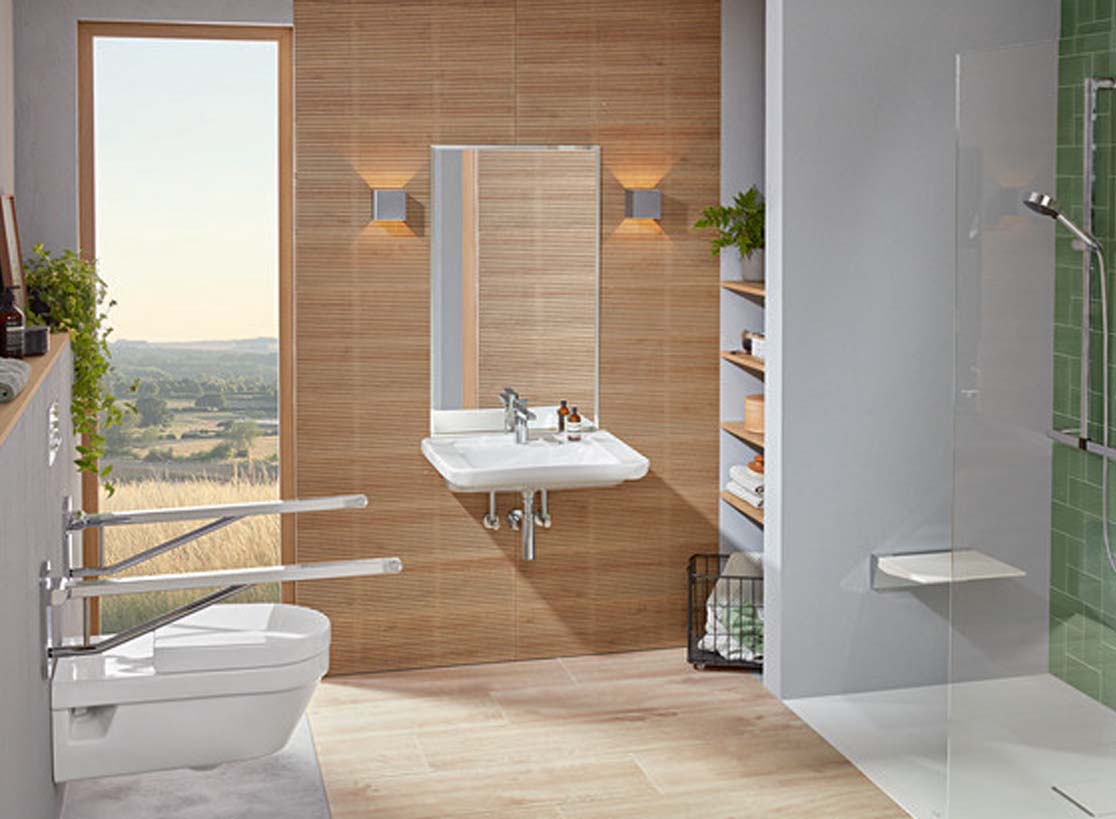The landscape of architectural services is vast, covering everything from the design of individual homes to the development of large-scale urban environments. As architects continue to expand their skillsets, the profession’s impact on the built environment and the broader world is becoming even more profound. They do not merely design buildings; they create the spaces where people live, work, and interact, influencing the social, cultural, and economic aspects of everyday life. In the years to come, architects will continue to respond to an array of challenges and opportunities, driving forward solutions that reflect a deep commitment to enhancing human experiences while preserving and enriching the natural world.
A significant trend in the architectural profession is the deepening focus on the intersection of architecture and psychology. While buildings have always had an impact on how people feel, architects are now more conscious of the emotional and psychological responses that various environments evoke. This awareness has led to the rise of “therapeutic architecture,” where design is explicitly aimed at improving mental well-being. In spaces like hospitals, schools, offices, and even residential buildings, architects are incorporating elements that reduce stress, enhance comfort, and foster a sense of connection. Natural light, ventilation, acoustics, spatial layout, and color schemes are all carefully considered to promote positive emotional and cognitive responses. Architects are recognizing that a thoughtfully designed space can nurture creativity, inspire focus, and promote calm, making it an integral part of fostering healthy communities.
As urbanization accelerates globally, architects are increasingly tasked with navigating the complexities of densely populated areas, particularly in rapidly growing cities. The urban spaces of the future will require a delicate balance between development and preservation. In many urban centers, there is a push toward building upwards, with architects working to create taller, more complex structures that accommodate growing populations. However, the vertical expansion of cities comes with challenges, such as ensuring that residents have access to open space, natural light, and fresh air. Architects are responding to these concerns with the development of more inclusive and sustainable high-rise buildings. These buildings now often incorporate green spaces, rooftop gardens, communal areas, and other features that contribute to the quality of life of residents. Furthermore, in an effort to promote environmental sustainability, architects are designing “living buildings” that produce more energy than they consume, making urban development more eco-friendly and resilient.
Urban renewal and regeneration projects have also become a central focus of architectural practice. Many cities worldwide are focusing on transforming decaying or underutilized areas into vibrant communities that offer both economic opportunities and better living conditions. Architects play a vital role in this process by creating mixed-use developments that combine residential, commercial, and public spaces in one integrated environment. These developments encourage pedestrian-friendly environments, improve connectivity, and provide a sense of identity and pride for the community. By incorporating elements such as public parks, cultural venues, and recreational facilities, architects ensure that urban regeneration projects foster a sense of community and belonging, ultimately contributing to the social and economic vitality of the area.
In addition to tackling the demands of urbanization, architects are also addressing the need for affordable housing. As the housing crisis intensifies in many cities, architects are exploring creative solutions to provide safe, affordable, and high-quality housing for all. One approach is the development of modular housing, where prefabricated elements are manufactured off-site and assembled on-site. This method allows for faster construction times, reduced costs, and increased scalability, which can help meet the rising demand for housing in urban centers. Additionally, architects are designing housing that prioritizes communal living, providing architectural services shared spaces that encourage social interaction while also promoting privacy and individual autonomy. These housing solutions are intended not only to meet the basic needs of residents but to offer spaces where people can thrive, contributing to stronger, more connected communities.
The rise of the “circular economy” is another significant influence on architectural practice. The circular economy model seeks to minimize waste and extend the life cycle of materials and products, encouraging reuse and recycling over traditional methods of disposal. In architecture, this philosophy has led to a greater emphasis on designing buildings that can be easily deconstructed and repurposed. Materials are chosen not only for their environmental performance but for their potential to be recycled or reused in future projects. Architects are embracing the idea of designing “closed-loop” systems where buildings and materials do not contribute to the depletion of resources. This forward-thinking approach ensures that buildings are both sustainable and adaptable to future needs, further supporting the transition to a more circular economy.
The evolving nature of architecture has also brought about a rethinking of the relationship between indoor and outdoor spaces. The boundaries between these two realms are becoming increasingly fluid, with architects blurring the lines through innovative design strategies. This trend is particularly evident in the design of residential and hospitality spaces, where outdoor living areas are integrated with indoor spaces, often through the use of large glass windows, sliding doors, and even indoor gardens. The connection to nature is being increasingly prioritized, with architects creating environments that allow for natural ventilation, indoor greenery, and outdoor recreational spaces. This shift reflects a growing understanding of the positive effects of nature on human health and well-being. Research has shown that exposure to natural elements can improve cognitive function, reduce stress, and promote overall mental health, making it an essential component of modern design.
In response to the increasing frequency of extreme weather events due to climate change, architects are also embracing climate-responsive design. This approach focuses on creating buildings and spaces that are not only energy-efficient but also adaptable to changing environmental conditions. Architects are using strategies such as passive cooling, thermal insulation, and natural shading to reduce a building’s dependence on artificial energy sources. Additionally, architects are incorporating design features that enable buildings to weather extreme conditions such as flooding, high winds, or intense heat. By incorporating renewable energy systems like solar panels and wind turbines, architects are ensuring that buildings are both resilient and sustainable, reducing their impact on the environment while protecting occupants from the effects of climate change.
Architects are also recognizing the need to engage with local communities more directly in the design process. Participatory design, where stakeholders—such as community members, local leaders, and even future occupants—are actively involved in the decision-making process, is gaining traction. This inclusive approach not only empowers communities but ensures that designs meet the actual needs and desires of those who will be directly impacted. By fostering a collaborative environment, architects are able to create spaces that are culturally relevant, socially meaningful, and responsive to the unique dynamics of the community. This participatory process can also help to address social inequalities by giving marginalized or underrepresented groups a voice in the development of their own spaces, promoting a more equitable and just society.
The integration of architecture with technology has also led to the rise of “smart buildings.” These buildings are equipped with advanced systems that monitor and manage various aspects of building operations, such as lighting, heating, cooling, and security. By using sensors and data analytics, smart buildings can optimize energy usage, improve occupant comfort, and reduce operational costs. As the Internet of Things (IoT) continues to evolve, architects are exploring new ways to integrate these technologies into building designs to make spaces more efficient, responsive, and adaptable to the needs of the occupants. For example, buildings may automatically adjust temperature and lighting based on real-time data, improving energy efficiency and reducing waste. Similarly, smart technology can help with predictive maintenance, ensuring that potential issues are addressed before they become costly problems. This increased reliance on technology will undoubtedly continue to shape the future of architectural design.
In conclusion, the scope of architectural services is expanding to address the diverse and complex challenges of the modern world. From sustainability and climate resilience to social equity and technological integration, architects are at the forefront of designing spaces that respond to both human and environmental needs. They are reimagining how we live, work, and interact with the built environment, striving to create a more sustainable, inclusive, and connected world. As the profession continues to evolve, architects will remain essential to shaping the future of the built environment, ensuring that the spaces we occupy are functional, beautiful, and capable of supporting the needs and aspirations of future generations.…







